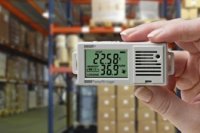Rain Gauges – What Types Are the Main Types, and What Are the Benefits?
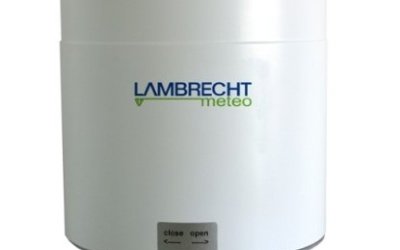
Rain Gauges are weather measuring devices that are popular with homeowners and essential instruments for many businesses and professionals. There are several styles of rain gauges that use different mechanisms to obtain precipitation measurements. There are unique benefits associated with each, depending on your application.
Instrument Choice has a comprehensive range of the three main varieties of rain gauges.
These are:
- Tipping Bucket Rain Gauges
- Weighing Rain Gauges
- Radar Rain Gauges
Here, we describe how each type of gauge operates, what applications each is suited to, what benefits you can expect, and we profile some excellent models of each variety.
1. Tipping Bucket Rain Gauge
A tipping bucket rain gauge is by far the most common rain gauge on the market. Its rain collection mechanism, ease of use, and low maintenance characteristics means many manufacturers offer stand-alone versions or incorporate tipping bucket rain gauges in weather station models. Products can include budget-friendly rain gauges and equipment used by the pros.
Want to know more about how tipping bucket rain gauges work? Get all the details in our article ‘What is a tipping bucket rain gauge, and how do they work?’
Best example: tipping bucket rain gauge
Aerocone Rain Collector with VP2 Mounting Base 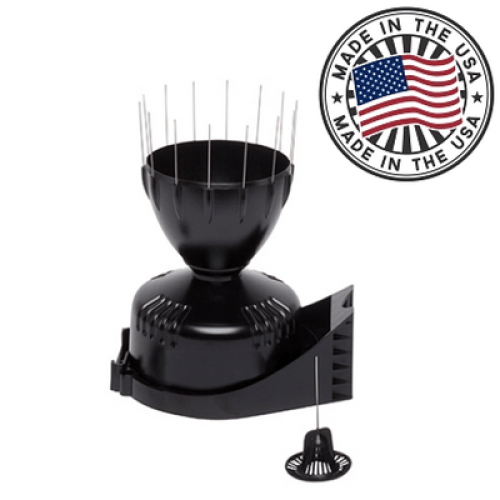
The Aerocone rain collector is a new model built in the USA for use as a stand-alone rain gauge or with Davis weather stations.
Applications: The bucket is built to be accurate in high winds and factory calibrated to 0.2mm. For rainfall of up to 100 mm/hr, expect an error range of ± 4% of total rain collected - or one tip of the bucket 0.2mm - whichever is greater. Popular with home weather enthusiasts and some professionals.
2. Weighing Rain Gauge
This type of rain gauge measures the weight of rain to generate data.
Weighing rain gauges offer two notable advantages over tipping bucket rain gauges:
- They are typically more accurate; and
- Measure all forms of precipitation, including hail and snow.
Best example: weighing rain gauge
Rain[E] Heated, Weighing Precipitation Sensor 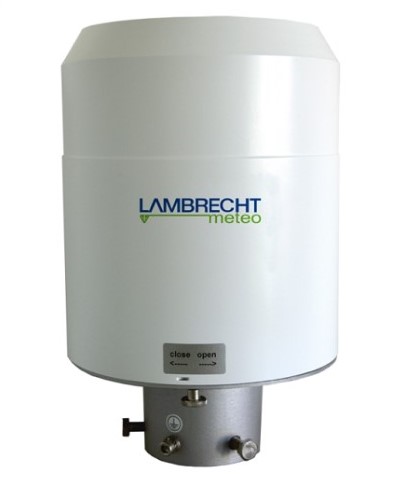
The Rain[E] precipitation sensor is a compact, low-weight, robust unit that combines innovative weighing technology with a tipping bucket mechanism for amazing resolution and accuracy.
It offers several connectivity interfaces and is easy to install.
Best applications:
- Used by professionals and motivated home weather enthusiasts.
- A controlled, 2-circuit heating system makes this instrument ideal in extremely cold and snowy environments.
Accuracy: ± 0.1 mm or ± 1% at < 6 mm/min and ± 2% at > 6 mm/min.
3. Radar Rain Gauge
Radar stands for Radio Detecting and Ranging. The technology uses radio waves to transmit a short pulse that returns to a base unit for measurement whenever the pulse wave bounces off an object in its path. Radar rain gauges exploit this principle to detect and measure precipitation.
Although typically less accurate than other types of rain sensors, the key benefit radar rain gauges offer over the tipping bucket and weighing rain gauges is that they are suitable for mounting on moving objects such as vehicles or ships.
HY-WDS6E Weather station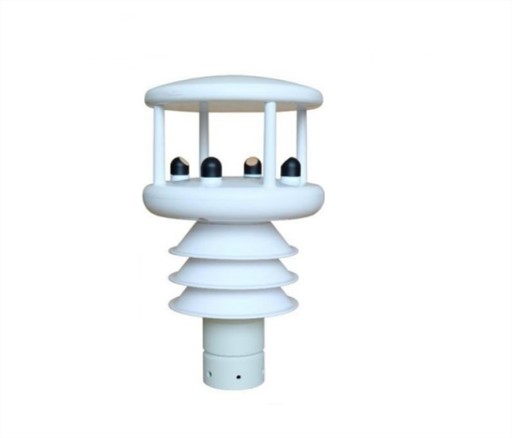
The HY-WDS6E is a weather station that uses 24GHz radar to detect the amount and intensity of rainfall.
Best applications:
Used by professionals mounted on a mobile vehicle, such as a boat. While rainfall measurement is not as accurate as other devices (Accuracy: ±10%), the gauge’s radar signal has a quick response time.
Conclusion
Rain gauges can be used as stand-alone devices or incorporated in a weather station’s suite of sensors. Getting the right type of rain sensor for your application, and if you require it, matching it with the best weather station within your budget can be a time-consuming process. If you want to short-cut this process or need some expert advice, Instrument Choice scientists are here to help. Contact us on 1300 737 871 or email [email protected].
Want to browse more examples of tipping bucket, weighing, and radar rain gauges? Check out the comprehensive range on the Instrument Choice Website.
Also interesting
The quality of cooking oil in a deep fryer has a direct effect on safety, palatability, and cost-efficiency. On the one hand, spent cooking oil reduces the flavour and digestibility of food; on the other, changing the oil too often will raise production costs.
To combat this, Instrument Choice recommends a device that measures Total Polar Materials (TPM) - Testo's 270 Cooking Oil Tester.
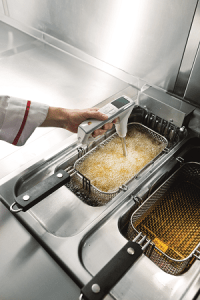
The Instrument Choice Team of Scientists regularly reviews popular new products, so when searching for the perfect scientific instrument for your application, you can make more informed decisions.
In this edition, we provide a rundown on the Hobo UX100-003 Temperature and Relative Humidity Data Logger. The UX100-003 is capable of monitoring and recording indoor temperature and relative humidity for a range of situations.
